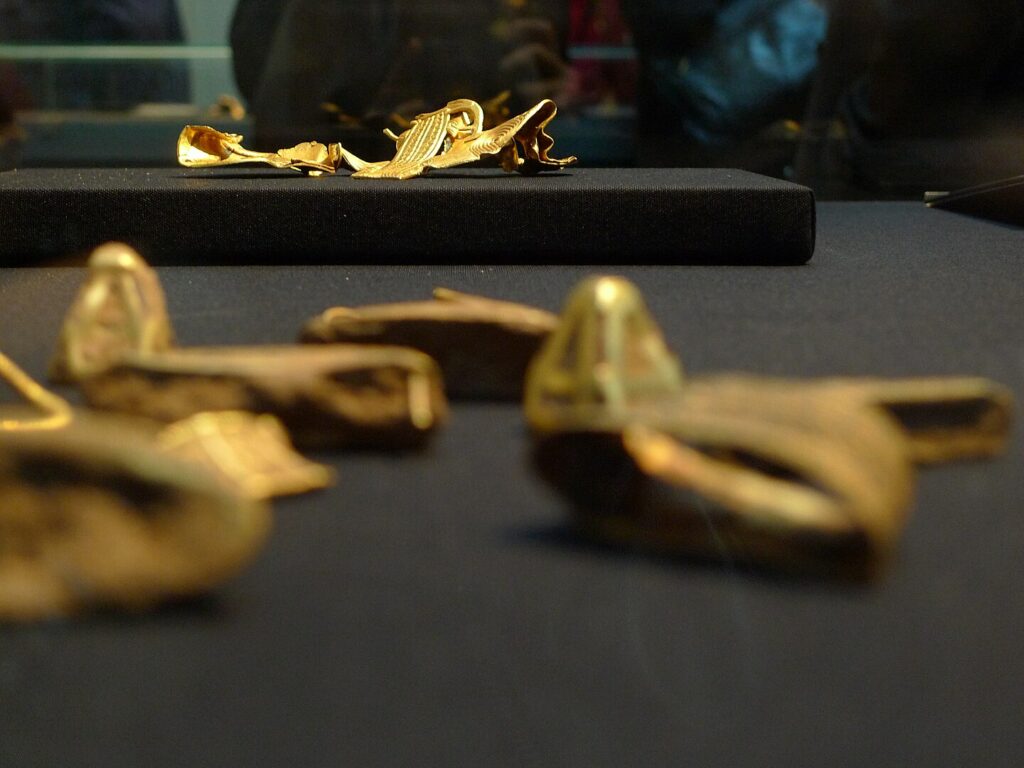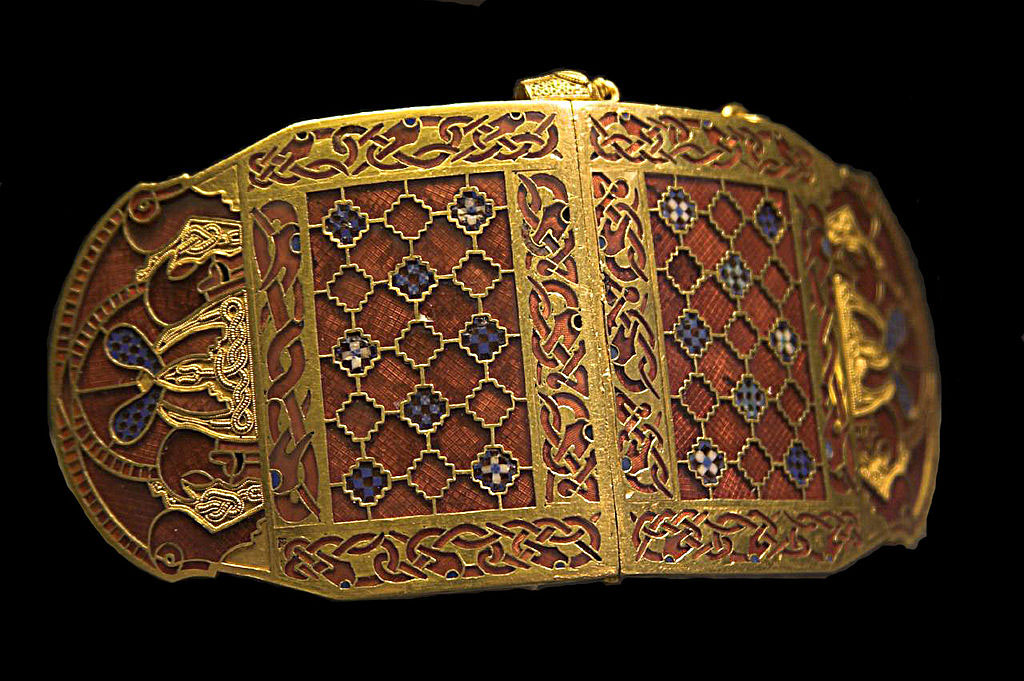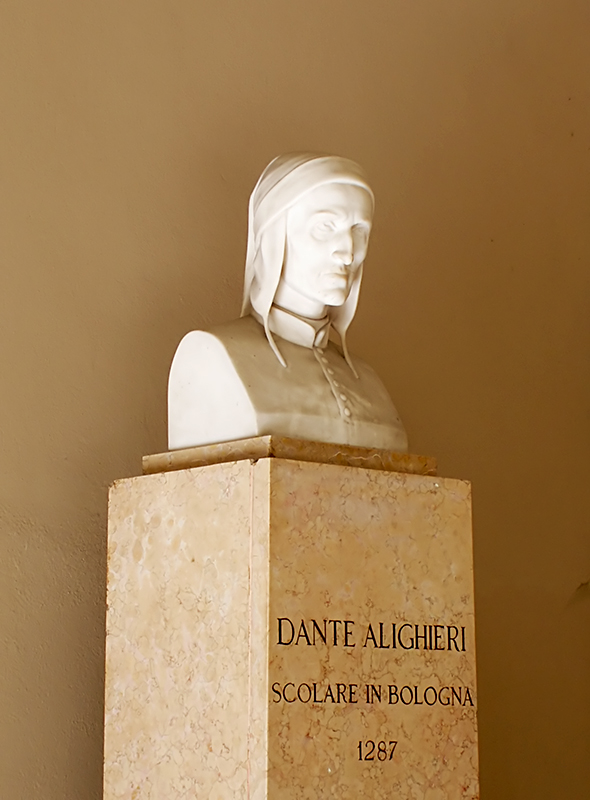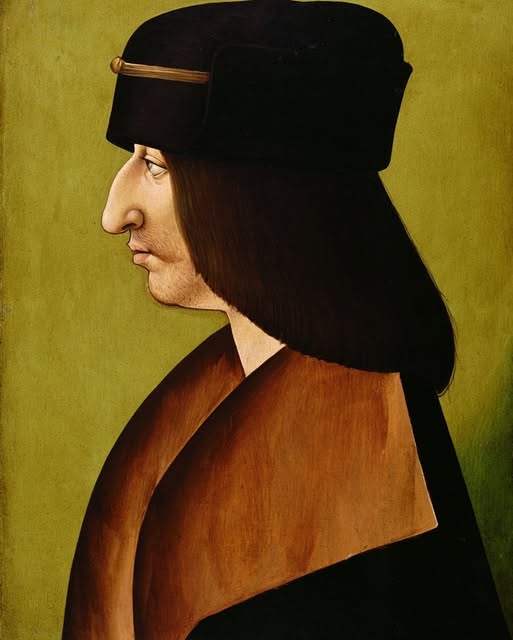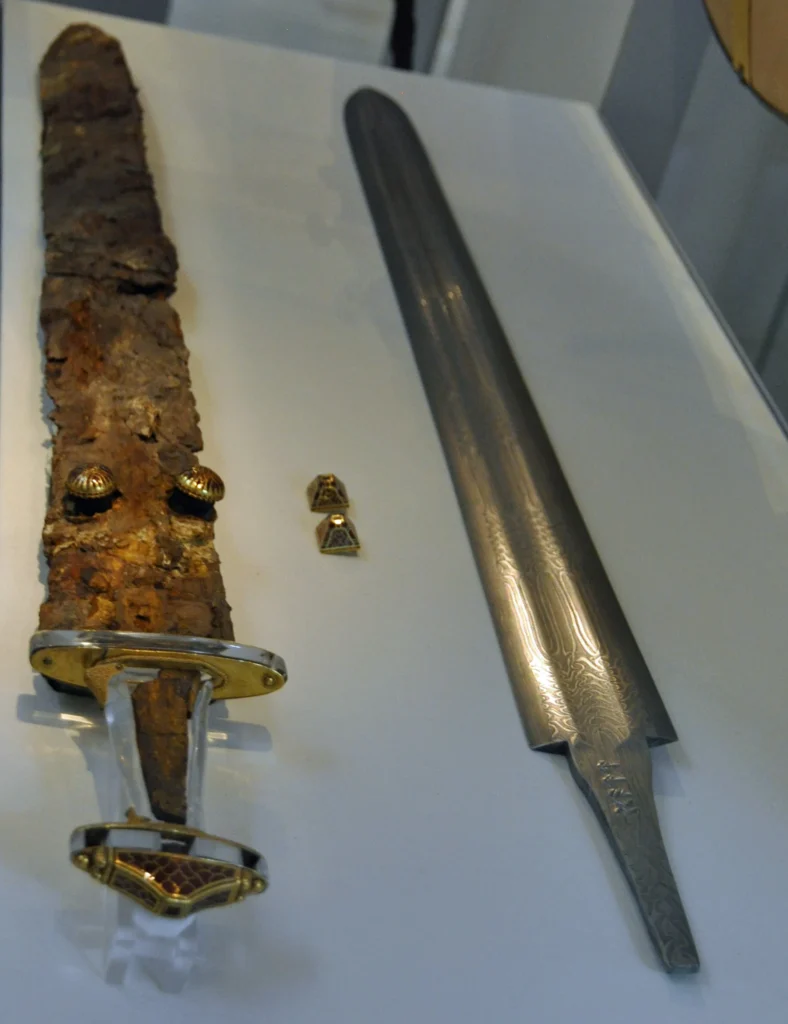
There’s a secret hidden in plain sight on the Sutton Hoo sword. The pommel was on display at the British Museum for 70 years before Sue Brunning, the curator of European Early Medieval Collections at the museum, noticed something interesting about it.
There is a string of wound gold wire running around the pommel. Looking carefully at the wound wire, Brunning noticed that, at one end of the pommel, the wire was worn, the clear ridges of the rest of the wire smoothed down to little more than undulations.
Gold is a soft metal. A hand resting upon one side of a pommel will wear gold wound wire smooth.
Brunning realised that the pommel of the Sutton Hoo sword had the wear it displayed because the man who had worn and wielded the sword in life had habitually rested his hand upon its pommel when the sword rested in its scabbard.
It was one of those details that suddenly draws back the veil of years and brings us face to face with the real, living man who had worn the sword.
